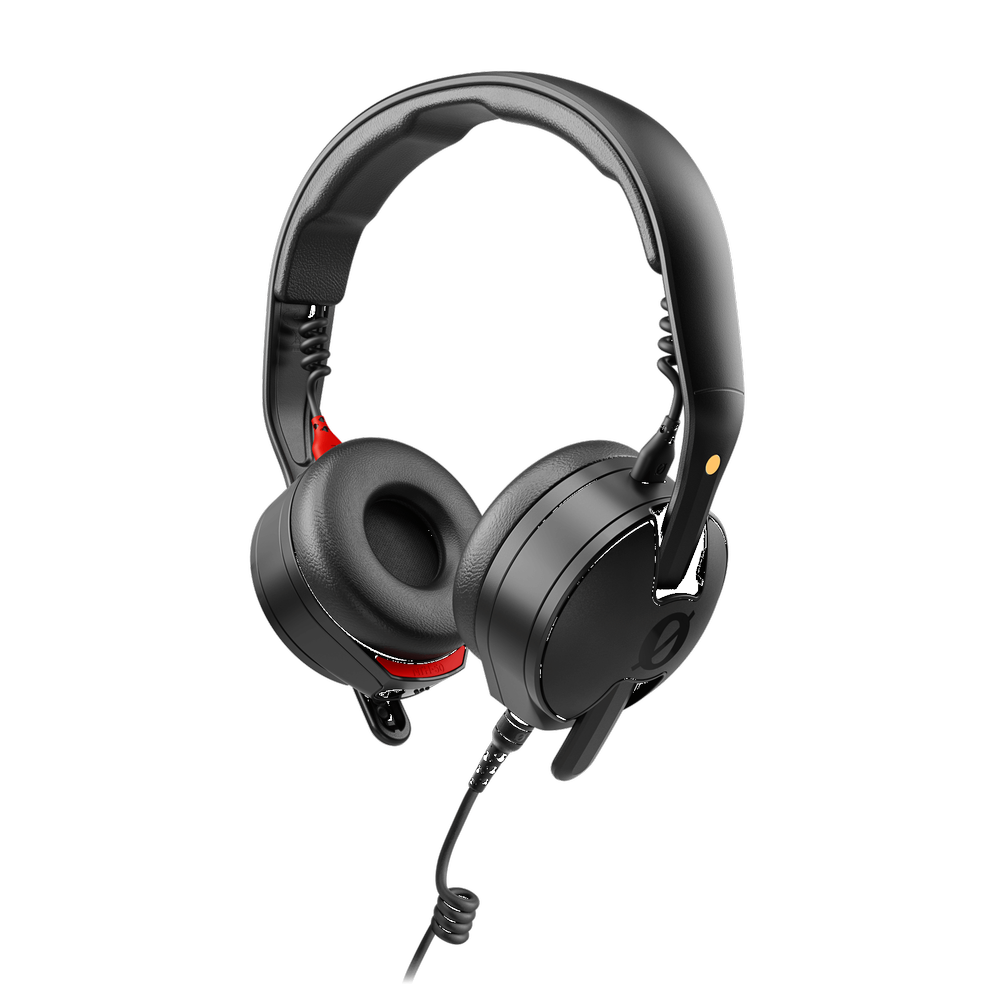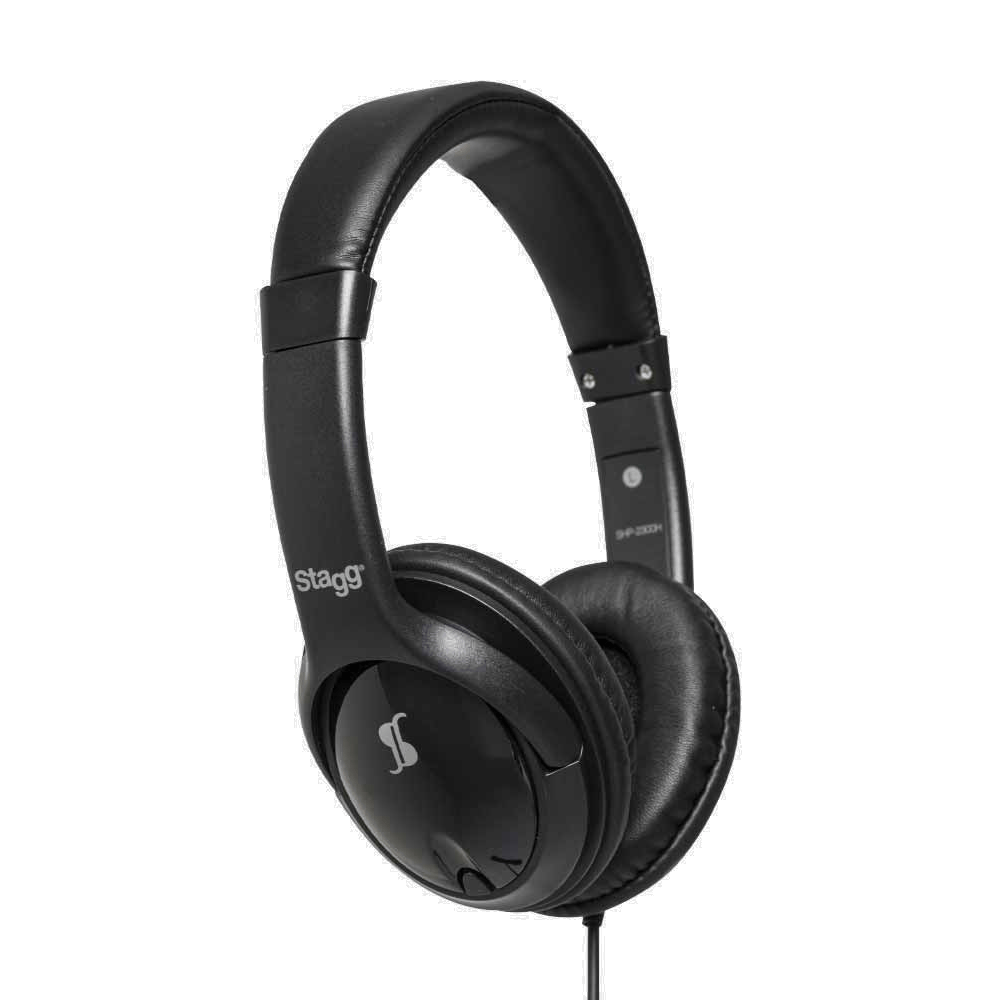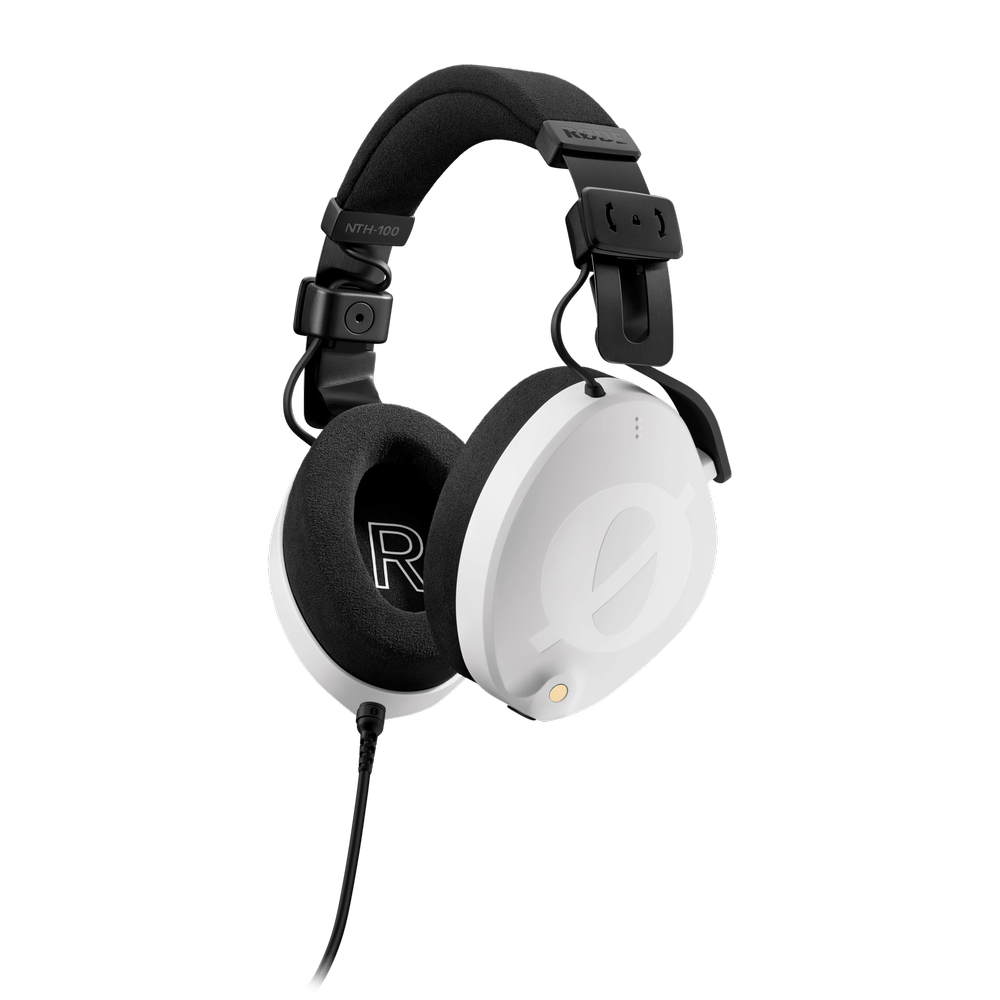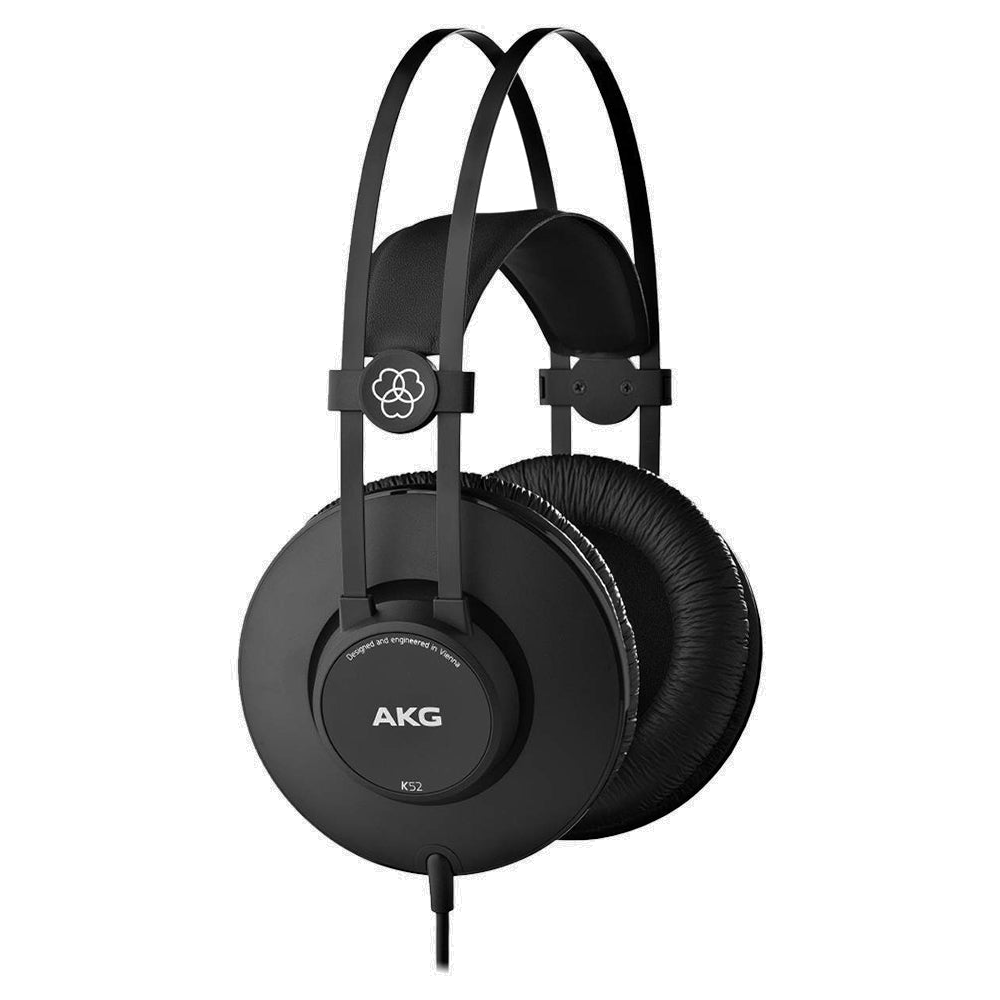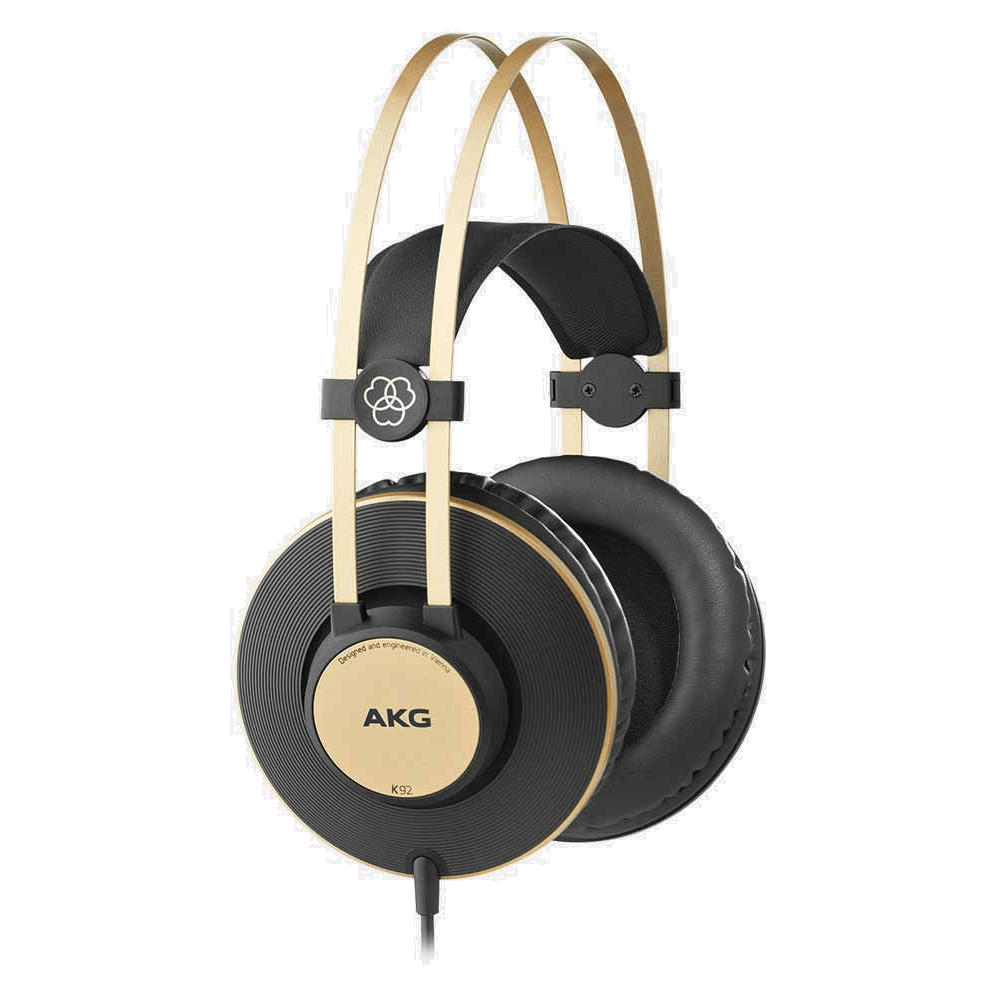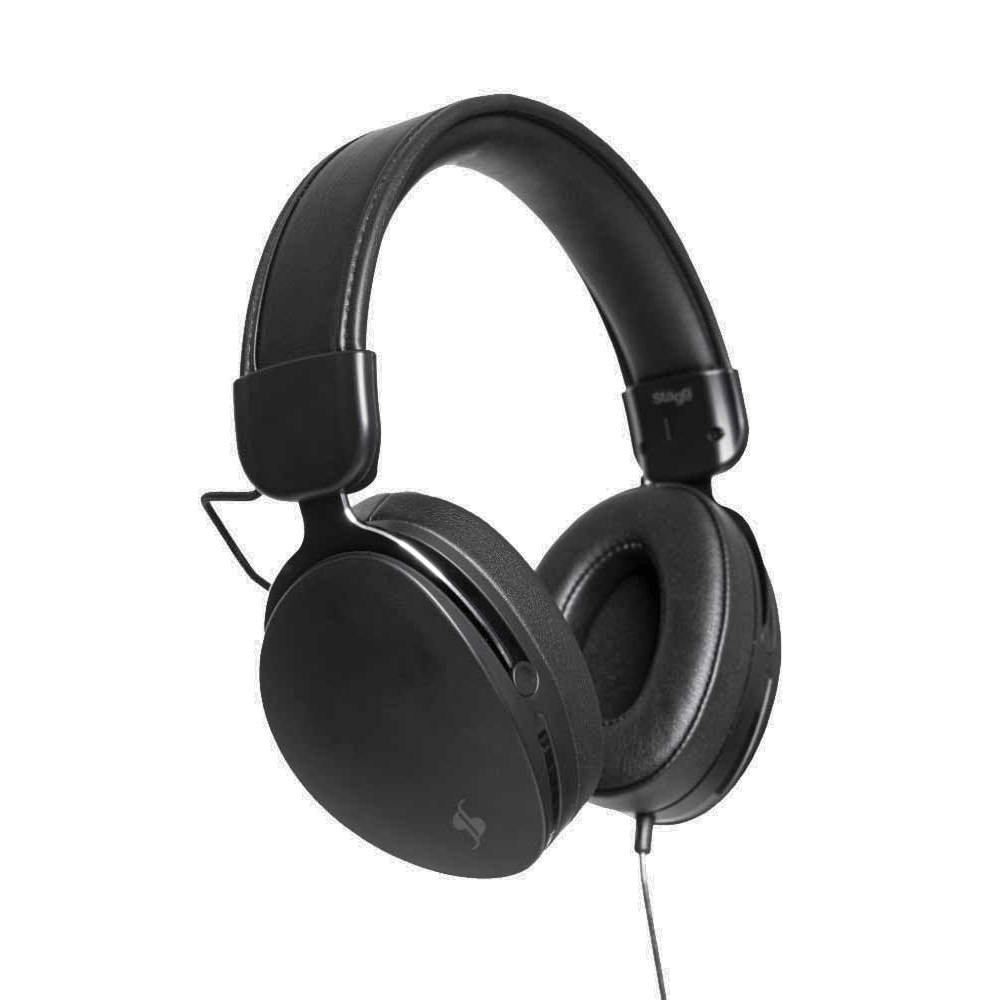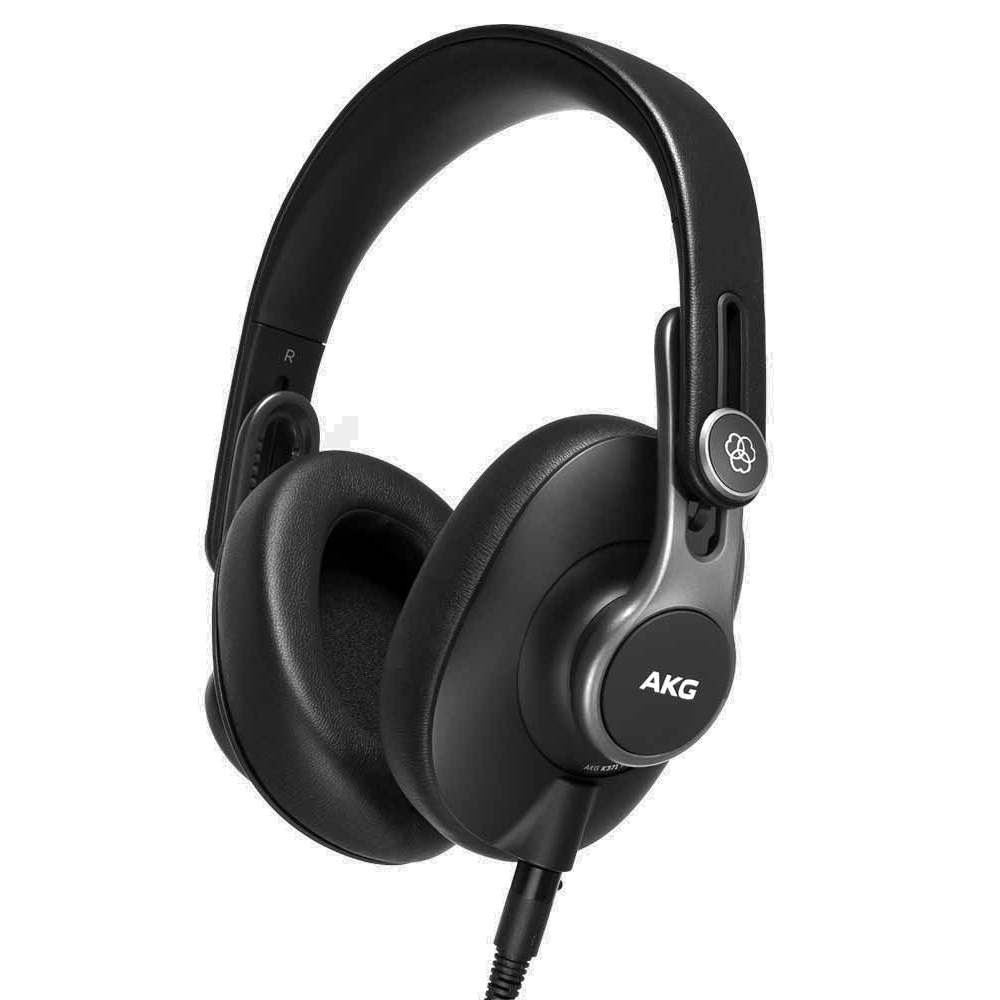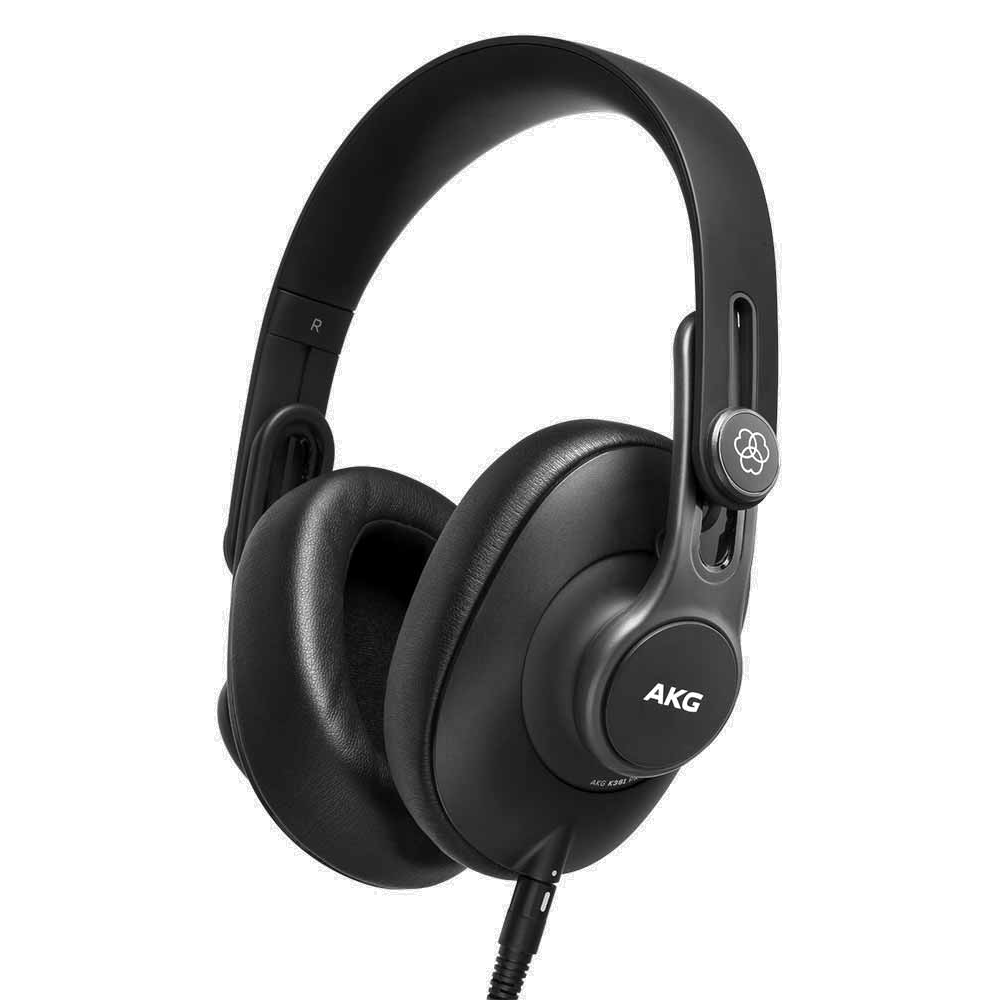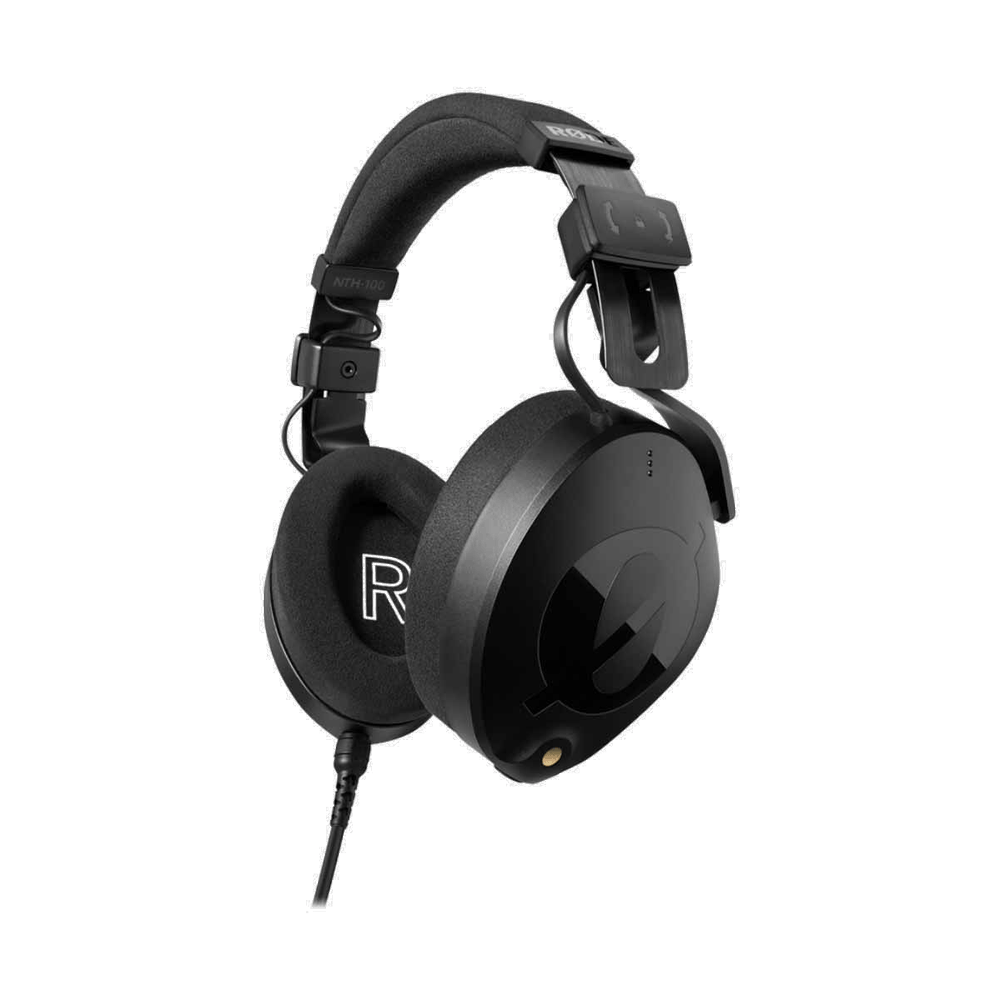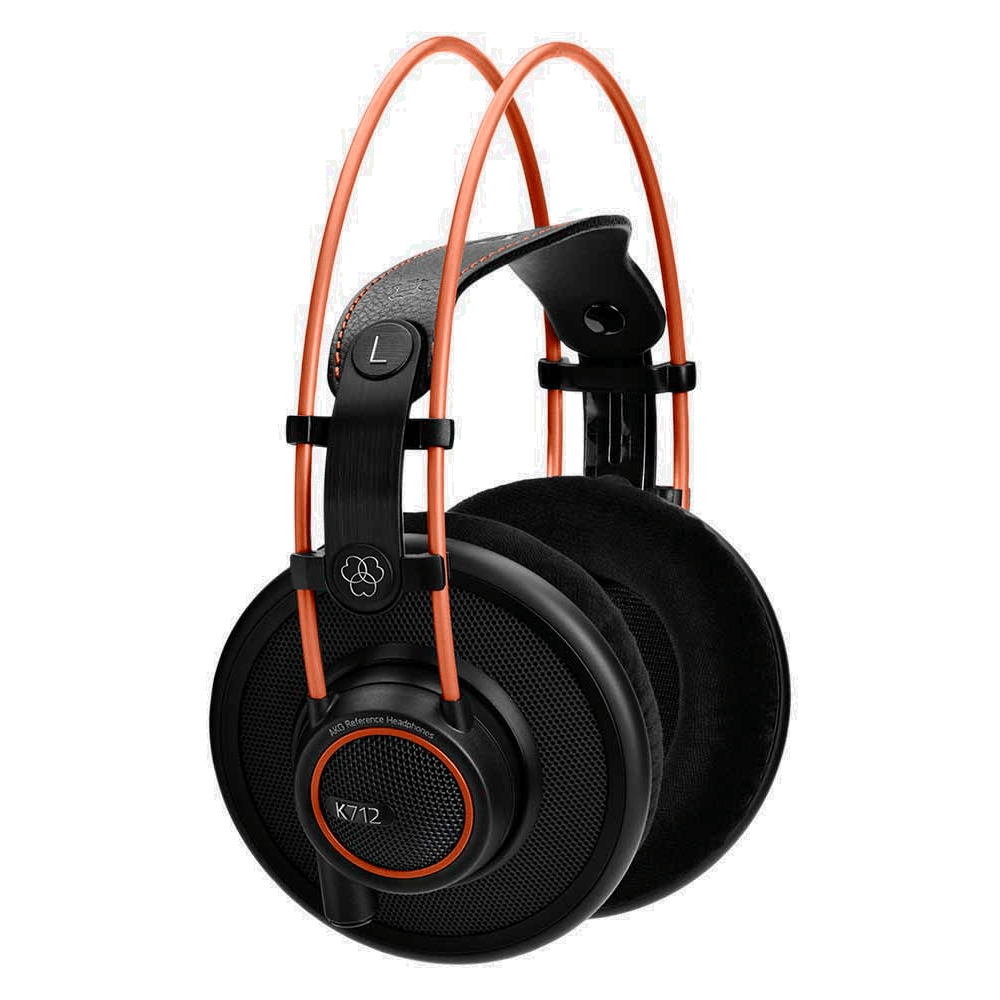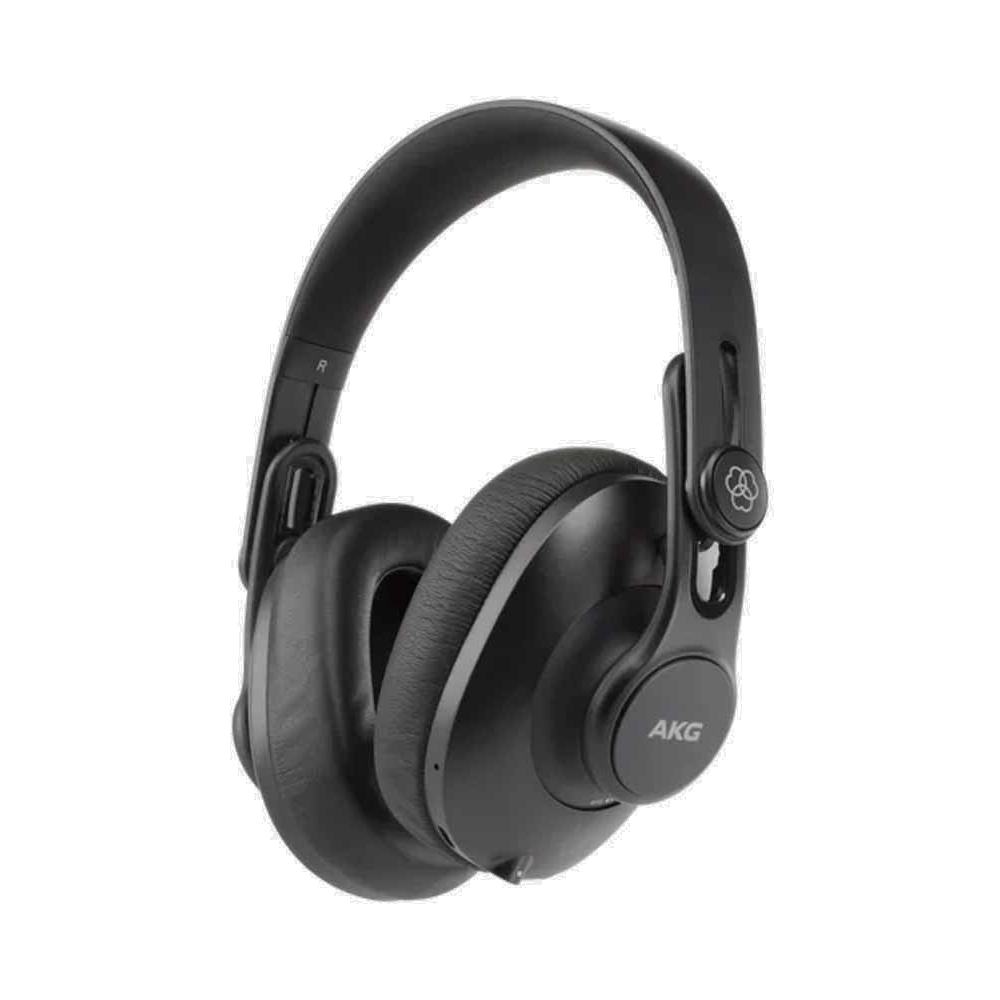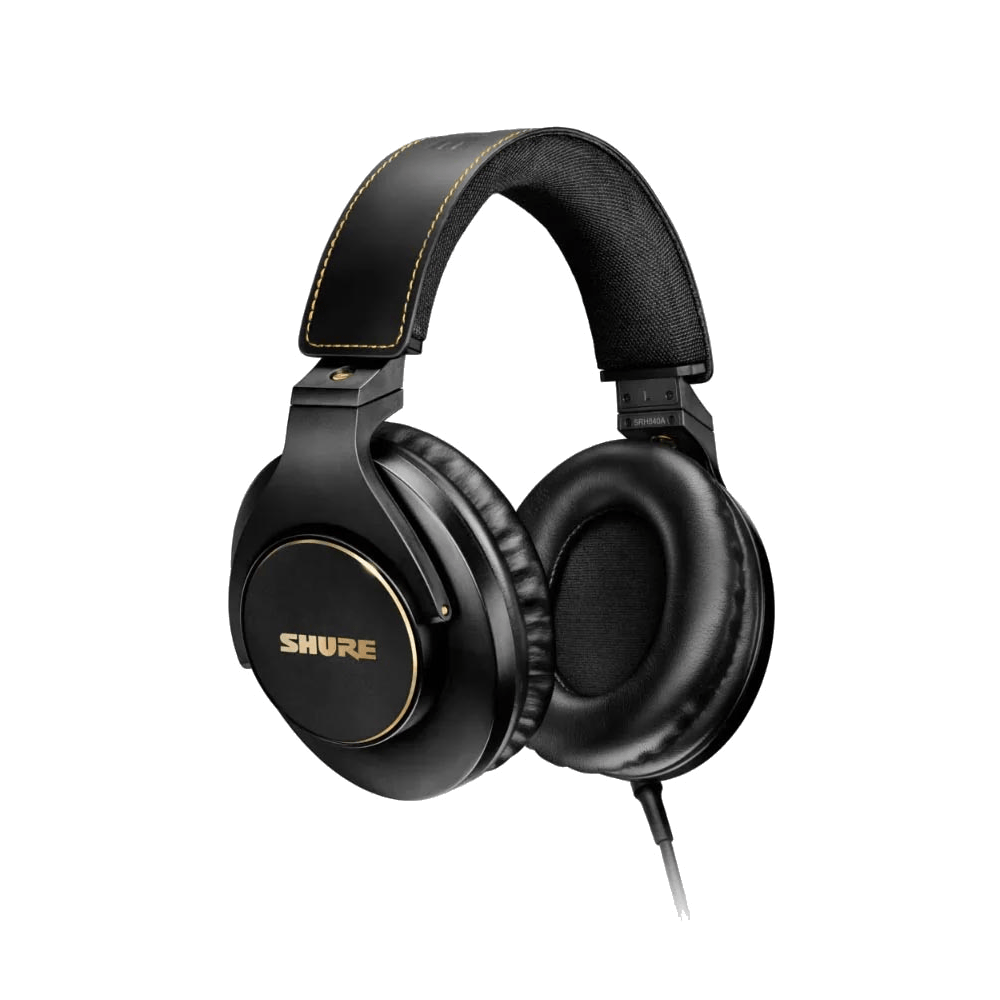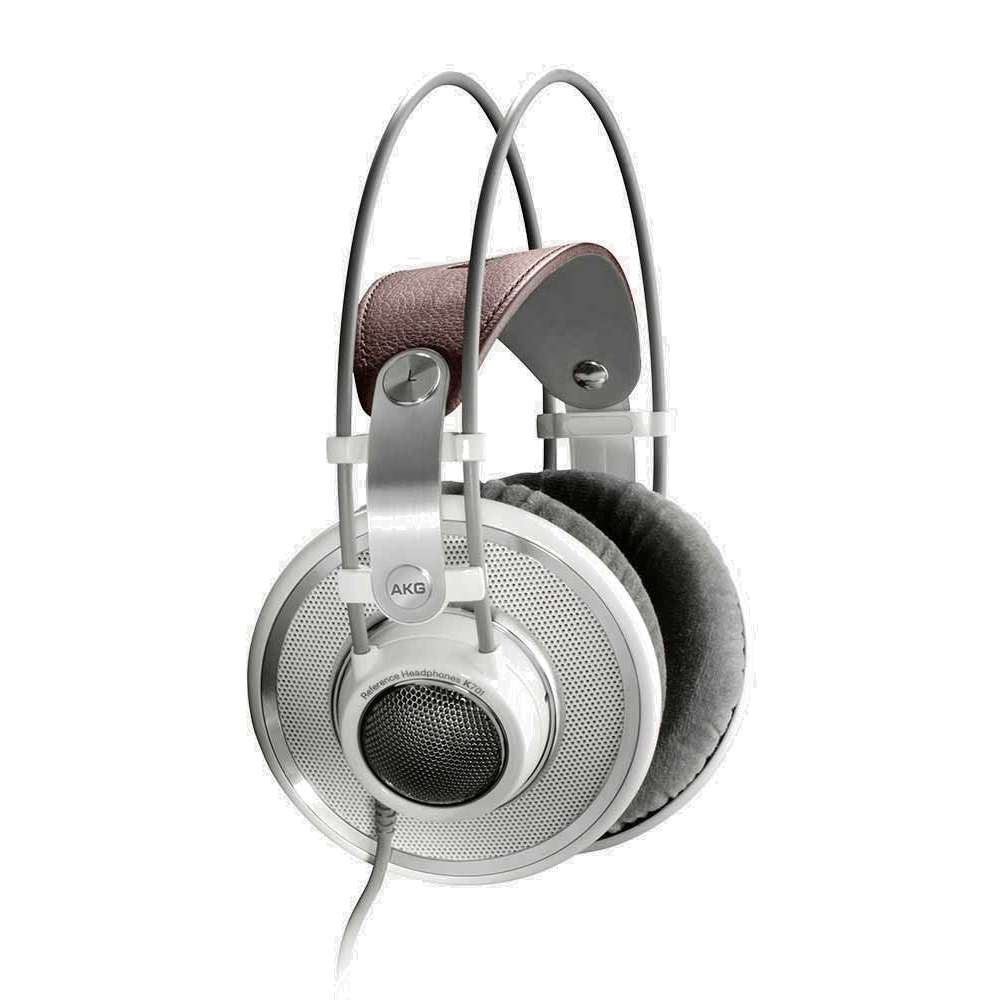Filters
Filter by tag
Sort by Featured
-
Rode NTH-100M -
Rode NTH-50 -
STAGG Hoofdtelefoon SHP-2300H 'All Purpose' -
Rode NTH-100 White -
AKG K52 Hoofdtelefoon -
AKG K72 Hoofdtelefoon -
AKG K92 Hoofdtelefoon -
Stagg SHP-5000H Hoofdtelefoon Gesloten model -
AKG K371 Hoofdtelefoon -
Mackie MC-250 Hoofdtelefoon -
AKG K361 Hoofdtelefoon -
Rode NTH-100 Hoofdtelefoon -
Shure SRH240A Hoofdtelefoon -
AKG K712 PRO Hoofdtelefoon -
Mackie MC-100 Hoofdtelefoon -
Shure SRH440A Studio hoofdtelefoon -
AKG K371-BT BLUETOOTH Hoofdtelefoon -
AKG K361-BT BLUETOOTH Hoofdtelefoon -
Shure SRH840A Studio hoofdtelefoon -
Mackie MC-150 Hoofdtelefoon -
AKG K701 Hoofdtelefoon
Buy headphones?Een goede hoofdtelefoon is een investering die vaak echt de moeite waard is. Wanneer je een goed instrument hebt dat je over de hoofdtelefoon wilt luisteren. Zoals een digitale piano of een elektrisch drumstel. Met een goede hoofdtelefoon haal je de maximale beleveing en geluidskwaliteit en heb je dus ook meer plezier van je instrument. Ook als je opnames maakt bij het mixen en masteren is een goede hoofdtelefoon is essentieel. En last but not least! Ook wanneer je graag luistert naar muziek, thuis op de bank of tijdens het hardlopen, zorgt een goede hoofdtelefoon voor de juiste beleving, het horen van de details en de bescherming van je gehoor. Lees meer... |
|
Frequencies of headphones
The frequency range is important to know when buying headphones. There are often three categories. Bass, Mid and Treble. These are terms for the low, mid and high frequencies. The higher the frequency, the higher the sound. The low sound can be divided into "Sub-Bass" (15 - 50 Hz) and "Bass" (50 -250 Hz). Good bass in headphones gives a warm and full sound. This is often seen as one of the most important aspects. But there can also be too much bass in headphones. This makes the sound muddy. In addition, it is always a matter of taste and for what purpose you use the headphones. A drummer who uses the headphones for his electric drum kit probably wants more bass than someone who uses the headphones to listen to classical music.
The mid frequencies can be divided into "Lower Mids" (250 - 1000 Hz) and "Midrange" (1000 - 2000 Hz). Almost all instruments are partly in this area. This is also the most important area for realistic reproduction of vocal sound (eg singing). If this area is not produced properly, the sound can be strange and distant. When the area is too strong, the sound quickly becomes screamy and nasal. The Treble consists of the "High Mids" (2000 - 6300 Hz) and "High Freqs" (6300 - 20000 Hz). This area provides definition and detail to all sound. When this is too obvious, listening to music can be very tiring. Sound then sounds very bright and ear piercing. This is also the area that people lose first with age.
 |
 |
 |
Types of headphones
The type of headphones can have a significant effect on comfort and noise reduction. This also means how long you can wear headphones without irritation. Over-ear or full-size headphones, as the name suggests, cover the entire ear. This way they create a closed area between the speaker and the ear. As a result, they often have the best sound and sound insulation. The comfort depends on the cushions and filling that manufacturers design. This often creates an alternation between comfort and mobility. A sub-category are the open back headphones. These ensure that air can flow between the closed area.
On-Ear headphones
This ensures that less pressure builds up and fewer small echoes occur. This makes the sound clearer and more natural. But this is at the expense of sound insulation. In addition, sound can escape so that others can listen to your music. On-ear headphones are models that sit directly on the ear. This makes them dependent on clamping pressure to stay in place. This can cause sore ears after a while. To avoid this, some have thick cushion on the speakers. This in turn can affect the sound quality.
Soundproofing
In order to enjoy the sound as well as possible, no outside sound must come in between. There are again two categories. Passive soundproofing is the most common. This is the simple way of isolating your ear from the outside world. How well noise is prevented depends on which materials are used. It is also important how well the headphones fit around your ear. In addition, there is also active soundproofing. This uses microphones to detect outside sound. Based on this, the headphones create an inversion of the sound. This will eventually eliminate it. The disadvantage of this is that due to the extra hardware and processes it costs a lot of power.
Common terms
Frequency: The speed of sound waves, indicated in Hz (Hz)
Bass: Frequencies between 15 Hz and 250 Hz
Mids: Frequencies between 250 Hz and 2000 Hz
Treble: Frequencies between 2000 Hz and 20000 Hz
On-ear: Headphone design with the speaker on your ear
Over-ear: Headphone design with cushions around your ear. In this way, the headphones create their own closed off area.
Open-back: Over-ear headphone design with air flowing through the speaker cup.
Noise cancellation: Soundproofing from the outside world


